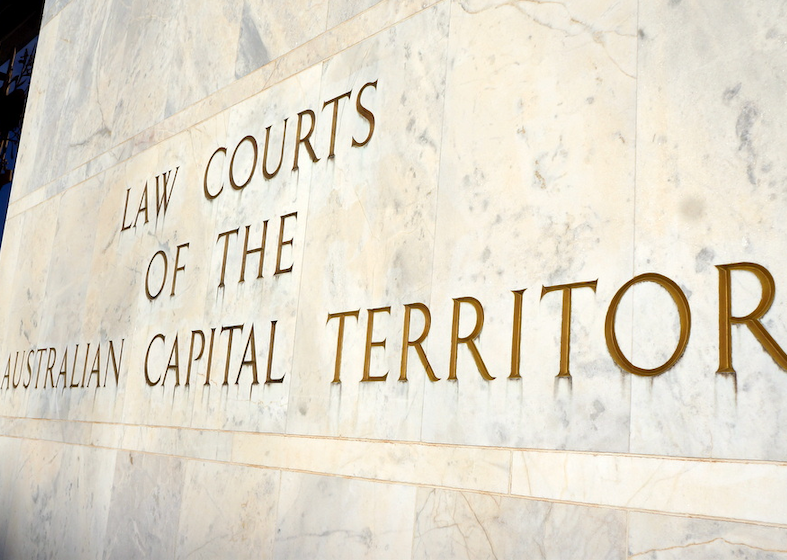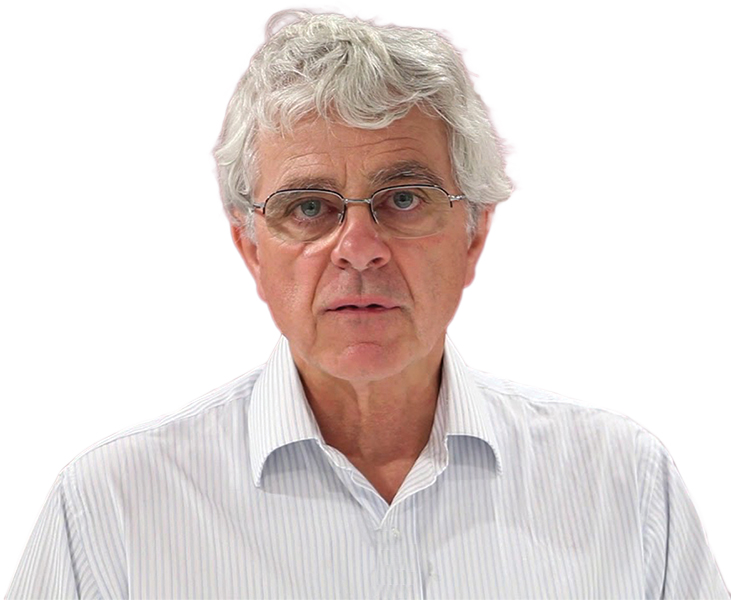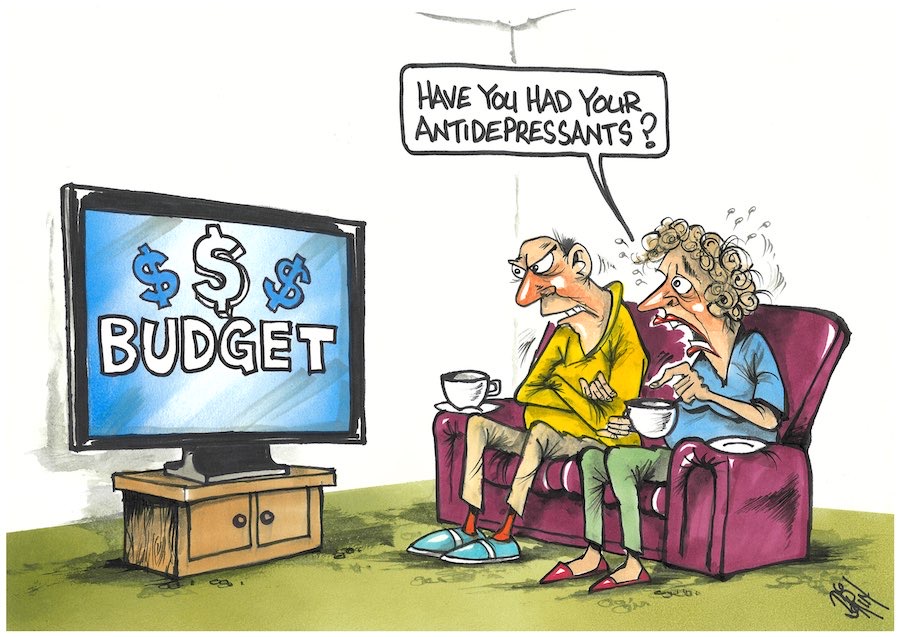
“The result of poor drafting and trial realities is a false belief among victims that their statements matter. At best they are cathartic, at worst they are a fraud for which there is no redress,” writes HUGH SELBY.
“YOUR truth is your power” are the arresting words on Grace Tame’s website. That Ms Tame, 2021 Australian of the Year, was a victim is undisputed. Her assailant has been imprisoned.

Truthful and untruthful victims of crimes of personal violence (of which sexual violence is just one example) must tread the same pathways through the justice maze. It ought to be straightforward. It isn’t.
Here in Canberra there are three different laws that govern their progress.
This article is about the perils of that journey from complaint, to giving evidence in court, to making a statement when the offender is sentenced.
The first step, the making of a complaint, usually follows high anxiety for the complainant. Will they be believed? What dangers lie before them? Do they have the mental and physical reserves to cope with the journey? For the true victim, it takes courage to walk into a sexual-assault centre or into a police interview – the emotions are raw and naked.
Professionally, my contact with truthful victims of sexual assault unforgettably includes sitting on a floor with a large “comfort” dog and a young teenager who was retelling how her father molested her repeatedly over several years while mum was at work.
Equally unforgettable was the much older woman, scarred for life from age five by dad’s conduct while her mum was in hospital. She and I walked in parks, side by side, as she opened up.
Talking to police and prosecutors does not mean that there will be a trial. There are broad guidelines for all Australian prosecutors as to when any matter should be taken to trial or retrial. However, the implementation of those guidelines is hidden in secrecy. If a prosecution goes ahead or does not go ahead there is no way to evaluate whether the decision was made in good faith or for irrelevant reasons such as political expediency or personal advancement.
At trial, witnesses may have a right to give their evidence via an audio visual link from a remote room, or they may persuade the trial judge that this is the right way to give their evidence. They may have a support person in that remote room, or even a special helper – known as a witness intermediary or champion – to “guide” the phrasing of the questions they must answer.
Sometimes the evidence of the complainant in sexual assault cases is taken separately from the trial proper and recorded. That recording is what the jury will see and hear.
If there is a retrial the recorded evidence is what the judge and jury see and hear. The complainant does not come back a second time, save in “exceptional” circumstances. From the complainant’s point of view this approach is attractive. It puts an end to public pain.
But from the accused’s point of view it is unfair. No such end for them. Sexual assault trials are usually contested on “There was sex but we both agreed to it” or “There was no sex between us”.
In such cases DNA, fingerprinting, even expert medical evidence often offers little or nothing. It comes down to a decision about the believability of the complainant and the believability of the accused.
The accused does not have to give evidence. If they have given an explanation during a police audio-visually recorded interview then that is played to the court during the prosecution (sic) case.
On a retrial, this would mean that the judge and jury were watching two pre-recorded versions. They would not hear a fresh word from either the complainant or the accused.
How then can the fact finder be perceptive about believability, an assessment which is inherently a mix of subjective and objective criteria? Does this mandated replay of a “TV-like complainant’s evidence” plus the recorded police interview with the accused then force the accused to give evidence and be cross-examined, despite the onus on the prosecution being to prove its case beyond reasonable doubt?
If the accused pleads guilty or is found guilty, then the victim has a chance to provide a victim-impact statement that the sentencing judge must take into account when deciding an appropriate sentence. How it is to be used by the judge is not spelt out.
That statement can be put to the sentencing judge in several ways: written and handed up, or spoken in the courtroom.
Our Canberra laws seem to be silent on whether the statement, written or spoken, should be submitted as evidence that is either sworn on a religious basis or affirmed on a secular basis.
Factual issues in sentencing are decided on a balance of probabilities. Mere assertion in a victim’s impact statement that is neither sworn nor affirmed is not evidence and therefore has no value to a sentencing judge. The situation is not analogous to accepting the unsworn evidence of a child who is too young to understand the import of an oath or affirmation.
There is another practical hurdle to a judge making use of victim-impact statements. The law provides for only a limited right of cross-examination of the maker of a victim-impact statement. The cross-examiner must show the sentencing judge that such questions will affect the likely sentence.
Given that the court will have a pre-sentence report or reports, along with character evidence that will contain anything favourable to the offender, the likelihood is that such questions would attack the complainant – a risky strategy, even counter-productive. It signals “no remorse” by the offender.
Let me share an example of how good intentions by law makers are thwarted by real life. The complainant alleged that she was raped by a man of a different racial group to hers.
Her social-media history showed occasions when she had rather explicitly shared her desire to have sex with a man in that other racial group. That evidence could not be put before the jury. The jury convicted.
The complainant gave a tearful victim impact statement which, for those with knowledge of her social media (thus the lawyers and the trial judge) was a concoction. It was better to allow the media to lap up that concoction than to seek to correct the record by cross-examining her. Such cross-examination would have fuelled more adverse media attention.
The result of poor drafting and trial realities is a false belief among victims that their statements matter. At best they are cathartic, at worst they are a fraud for which there is no redress.
I applaud Grace Tame’s ideals, but both truth and lies can be power. Lies are especially powerful when the recipients are predisposed to accept them. That is human history, be it the European Inquisition, the false swearing as to witchcraft, claims of racial superiority, or the current notion that all alleged victims of sexual assault are victims. Sometimes we collectively are their victims.
Hugh Selby is a recently retired barrister who enjoyed appearing in criminal jury trials and teaching about them.
Who can be trusted?
In a world of spin and confusion, there’s never been a more important time to support independent journalism in Canberra.
If you trust our work online and want to enforce the power of independent voices, I invite you to make a small contribution.
Every dollar of support is invested back into our journalism to help keep citynews.com.au strong and free.
Thank you,
Ian Meikle, editor





Leave a Reply